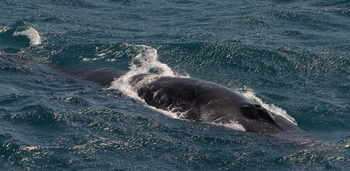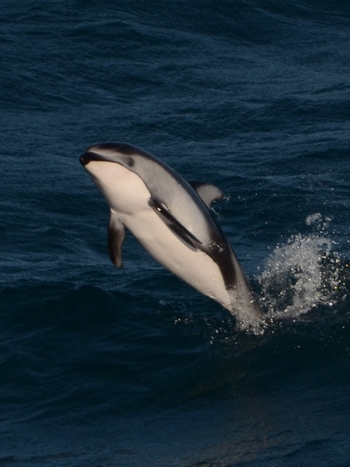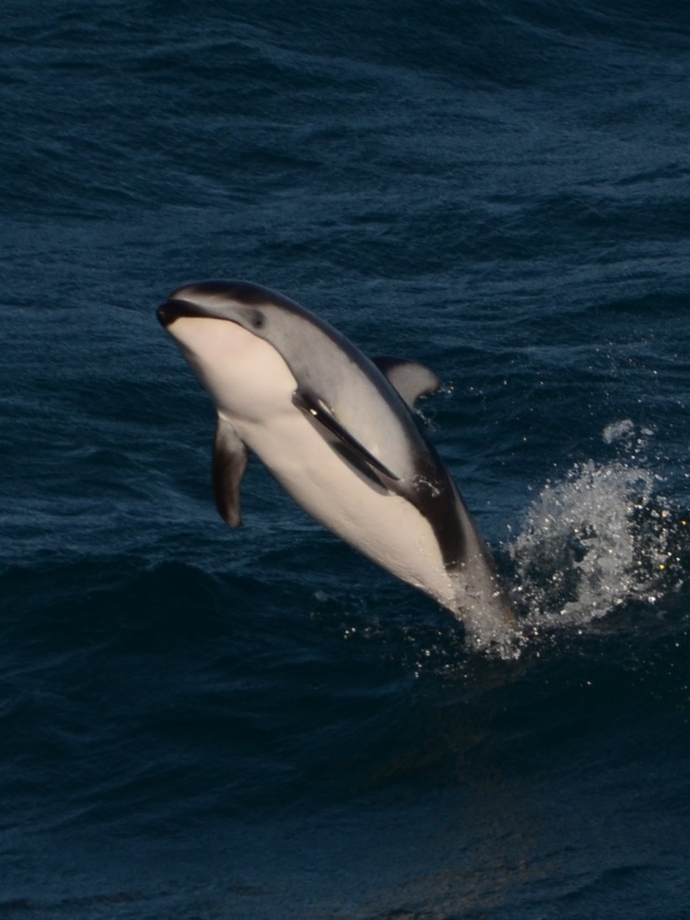- Visions18
- Visions17
- Visions16
- Visions15
- Visions14
-
Construction
- Node Installations Complete!
- Six on the Seafloor!
- New Segment 7
- Defining the SIA
- PN5A Successfully Deployed!
- PN 5A – Jointing Operations
- PN 5A Installation Continues
- On Site to Install PN5A
- Transit to Node 5A
- Port Call in Portland
- PN1D is Installed!
- Burial and Inspection Completed ...
- Humpbacks Visit
- Cable Burial Node PN1C
- Milestone: PN1C is Installed
- Photos of Final Inspection of P ...
- Another RSN Node is Born!
- Cable Burial Continues at Secon ...
- Second Node Installed!
- Splicing Node PN1B into Segment ...
- Recovering End of Segment 3
- Word for the Day: Persistence
- Major Milestone: First Node Ins ...
- Primary Node 1A Powered Up on D ...
- Recovering and Testing Cable Se ...
- OOI Primary Node Installation B ...
- Cable Installation Update
- Dolphins and Puffins and Molas, ...
- Day 51: Seabed Cable Lay Comple ...
- Dynamic Positioning
- Update on Cable Installation
- Completion of Segment 1 Burial
- Leaps and Bounds at the Shore S ...
- Segment 5 Installation Complete ...
- Laying Segment 5
- Bustling Shore Station
- At-Sea Installation Phases
- Installing the Land Cable
- TE SubCom Dependable Propulsion ...
- Divers at Work
- The Day After
- Second OOI Cable Landed
- Second Cable Landing Reschedule ...
- OOI Open House in Pacific City, ...
- The Cable has Landed!
- Last Grapnel Run Before Landing ...
- Preparing for the Cable Landing ...
- Seaplow 101
- Marine Mammal Observations
- Communicating with a Fishing Ve ...
- Cable Deployment Update
- Off Pacific City, Oregon
- Finished with First Segment
- Deploying Repeaters
- Start of First Cable Segment
- Leaving Astoria
- Meeting the Cable Ship in Astor ...
- Cable Laying Vessel Underway
- Photos of OOI Cable Loading
- Northern conduit installed
- Northern Conduit drilling compl ...
- Bubble test for the Southern Co ...
- Drilling of the Northern Condui ...
- Update on Drilling
July 2013
May 2013
December 2012
October 2012
August 2012
July 2012
April 2012
March 2012
January 2012
October 2011
September 2011
August 2011
July 2011
June 2011
March 2011
February 2011
October 2010
June 2010
May 2010
April 2010
- Visions13
- Visions12
- Visions11
- Enlighten

On 5 July 2011, marine mammal observers onboard the TE SubCom Dependable were treated to a close encounter with a Sei whale, the third largest baleen whale.
--Photo by Desray Reeb, marine mammal observer onboard the TE SubCom Dependable

On 5 July we were in the right place and time to encounter a group of approximately 300, or more, Pacific white-sided dolphins. These dolphins remained somersaulting, leaping, porpoising and surfing around the ship for more than 1.5 hours.
--Photo by Suzanne Yin, marine mammal observer onboard the TE SubCom Dependable
We find ourselves on board the TE SubCom Dependable as part of a National Marine Fisheries Service condition for authorization to undertake cable-laying activities. As two qualified marine mammal observers, under the auspices of the Consortium for Ocean Leadership, we are required to stand daily watches, which we conduct from the bridge. We are responsible for providing mitigation of any potential entanglement or harm to all marine mammal species during cable-laying or ship operations.
Since departing the port of Astoria, we have sighted marine mammals every day, consisting mostly of the spritely Dall’s porpoise and the acrobatic Pacific white-sided dolphin. Blows, the exhalation from whales, have been seen as far as 5 km away. A 6 m blow, approximately 3.7 km away belonged to a blue whale (largest living mammal) and a bunch of small, puffy blows, followed by impressive bouts of breaching and fluking (showing their tails), belonged to humpback whales. Identification images of the blue whale and one of the humpback whales were taken and attempts will be made to match these individuals to existing identification catalogs.
On 5 July we were treated to a close encounter with a Sei whale, the third largest baleen whale. Shortly after that exciting opportunity, we were in the right place and time to encounter a group of approximately 300, or more, Pacific white-sided dolphins mixed with Northern right whale dolphins. The very unique-looking, dorsal fin-less, Northern right whale dolphins disappeared within a few minutes, while the Pacific white-sided dolphins remained somersaulting, leaping, porpoising and surfing around the ship for more than 1.5 hours.
On several occasions we have seen Northern fur seals and Steller’s sea lions. Black-Footed Albatross, Fork-Tailed and Leach’s Storm Petrels, Northern Fulmars, Western Gulls, Murres, Short-tailed and Sooty Shearwaters and Tufted Puffins have also kept us company. To date, at least 6 cetacean species have been identified and will hopefully increase as the cruise continues. As of today, no operational delays have been necessary due to potential endangerment of marine mammals.
--Suzanne Yin and Desray Reeb are serving as Marine Mammal Observers onboard the TE SubCom Dependable during installation of the OOI backbone cable.


